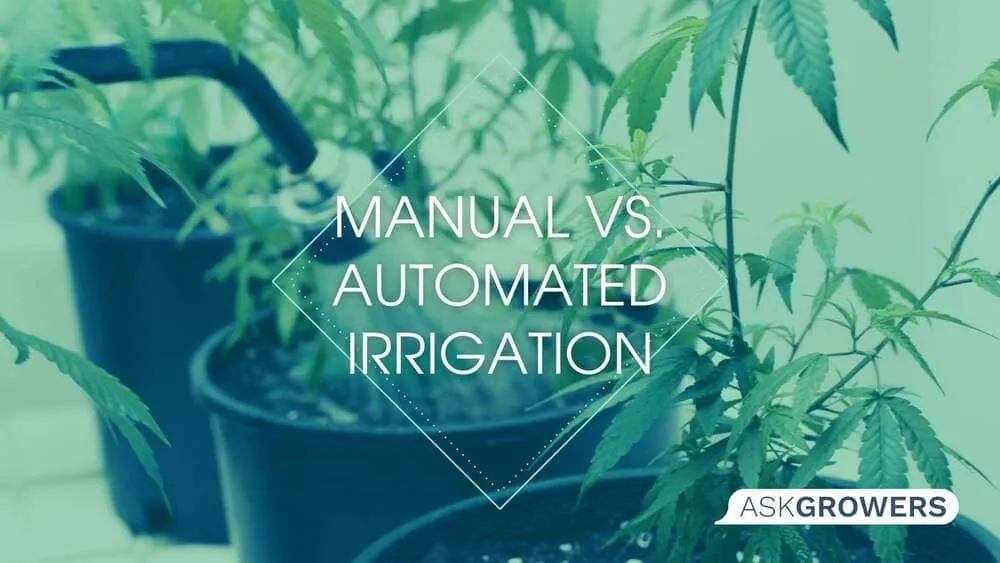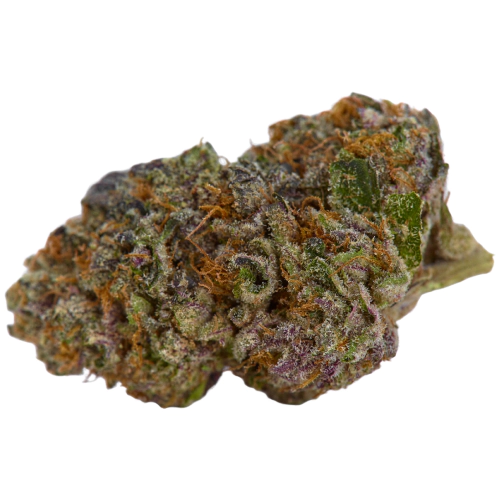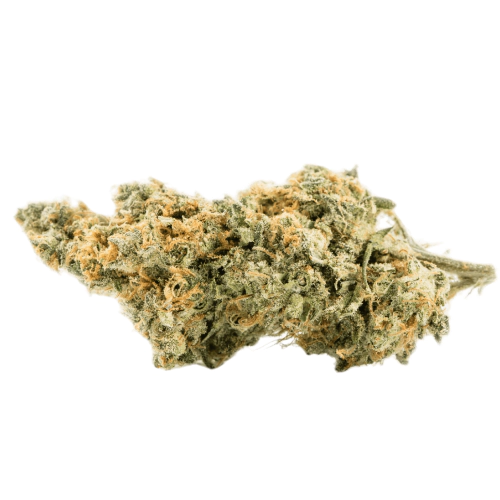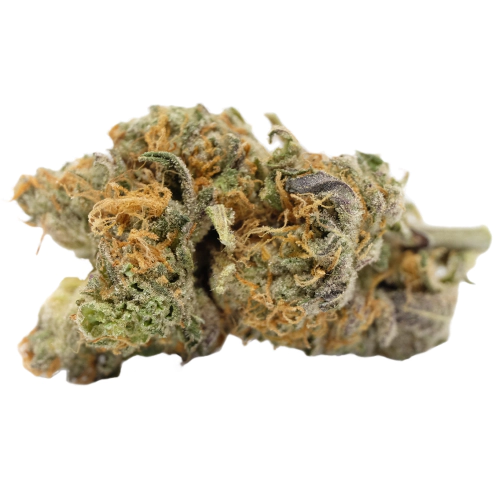Agriculture and gardening are becoming increasingly automated. Cannabis cultivation has also joined the trend towards greater technology use, allowing weed growers to spend less time in their gardens. However, automated systems do not simply save time – they were found to be more efficient than manual ones. These systems have been widely used in cannabis irrigation due to their cost-effectiveness and ease of use.
However, marijuana growers still have many questions about how an automatic watering system for cannabis may help them and why it is better than manual irrigation. Let’s try to answer some of the most burning questions on this topic.
Manual Irrigation: Strengths and Weaknesses
People have used manual irrigation in crop production for many centuries, and cannabis cultivation is no exception. A simple watering can and a sprinkler are enough to provide plants with sufficient moisture. You can easily add fertilizers and boosters to the can and prepare a concentrated solution for promoting fast cannabis growth. Thus, the best things about manual irrigation are its low cost and ease of use.
Hand watering is the best option if you have a few plants in your indoor garden and can easily manage the watering schedule yourself. Paying for expensive equipment does not make sense if you are not planning to become a large cannabis producer. Growers valuing the personal touch and genuinely enjoying the process of growing weed may also prefer hand irrigation.
Unfortunately, manual irrigation is very labor-intensive and time-consuming. You cannot leave home for a long time and often need to put off more important chores. Hand watering is also prone to errors and inefficiencies, mainly due to the lack of skills and cultivation experience. For example, you can accidentally pour too much water into the containers, critically increasing the moisture levels. These drawbacks induce many growers to switch to automated irrigation systems.
Automatic Cannabis Irrigation
Automatic watering has many benefits worth considering:
- Regularity. You may not always be at home to stick to the watering schedule or be too busy to water the plants in the morning. Automatic systems help address these challenges by providing a regular water supply to the cannabis plants.
- Thoroughness. Hand watering is prone to human errors. You may water some plants more than others or accidentally skip some of them. Automated irrigation systems for cannabis growers never make such mistakes. They water each plant equally and thoroughly, thus maximizing the yield.
- Consistency. It isn’t easy to calculate the exact amount of water you use every day when you water the plants manually. Automated systems, however, can achieve the consistency needed to keep the plants well-watered and robust.

- Water waste reduction. Automatic irrigation systems save money on water and help preserve this precious resource in dry areas. In this way, automation is preferable from the environmental perspective.
- Does marijuana grow better with automatic watering system? It sure does! Efficient water delivery means fewer problems with overwatering and fewer associated diseases (e.g., root rot). As a result, plants grow faster and produce impressive yields.
- Best suited for large indoor and outdoor gardens. The more plants to have, the more effort you need to invest in watering, so using smart irrigation is an excellent option to make cannabis cultivation less overwhelming. For instance, if you are growing marijuana in greenhouse, irrigation entirely reliant on technology may help you focus on other aspects of greenhouse management.
On the downside, the equipment cost may be too high for small growers. Since you need to spend a lot of money on seeds, pots, lighting, and other things needed for home cultivation, automated watering may be the last thing you want to think about.
Moreover, be prepared for regular maintenance. You need to check the entire system regularly to ensure that there are no leaks and clogs. Finally, this option may become a challenge if your outdoor garden is situated in a remote location with no access to power.
Best weed seeds for growing indoors
Practical Aspects of Automated Irrigation
Do you want to know how to build an indoor auto watering system for marijuana to save money? Automatic irrigation equipment is expensive, but there are more accessible DIY systems. The easiest option is to pierce small holes into a water pipe and then position it over the root networks of each plant. This will allow the water to drip slowly over each plant zone, providing plants with constant hydration.

You can also use the irrigation system to deliver nutrients to cannabis roots. Are you curious about how to fertilize cannabis in irrigation system? Try a popular method called “fertigation,” which involves automatically injecting fertilizers into irrigation water and delivering it to the soil. No hand-batching and hand-mixing are needed, saving you much time and resources!
This method is becoming extremely popular for commercial marijuana production. However, consider the desired scale of your cannabis production before investing in a fertigation system. We recommend sticking to the traditional irrigation methods if you are not planning to scale up.
Conclusion
Automatic irrigation can free up much time and effort for weed growers, giving them extra time to work on other tasks, such as pest control, temperature control, aeration and pH, and so on. Smart watering mechanisms are also a boon for growers hating repetitive, tedious tasks. All in all, this option has multiple benefits, but they are worth it only in large-scale production. If you are a small indoor grower, manual watering is a more appropriate choice.




